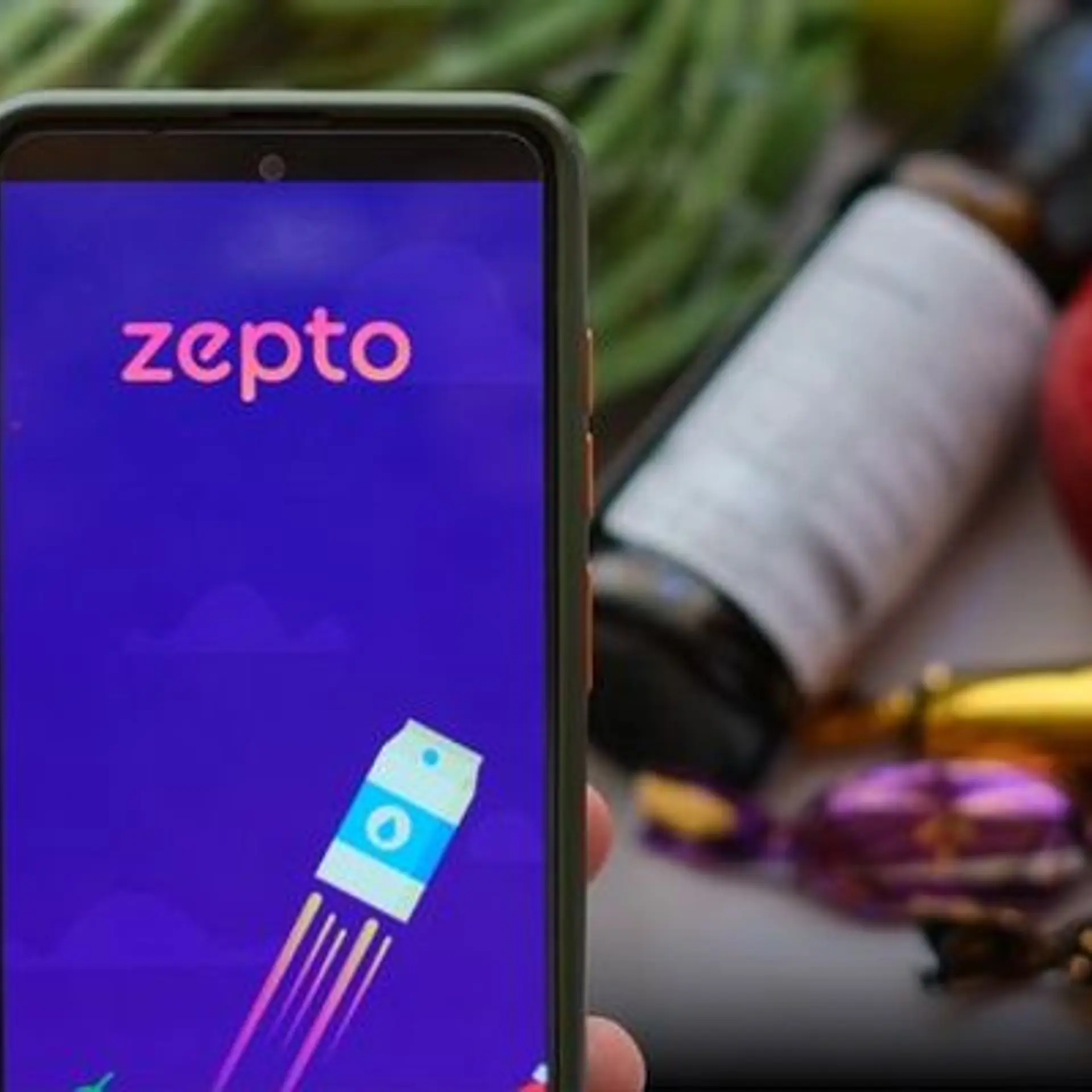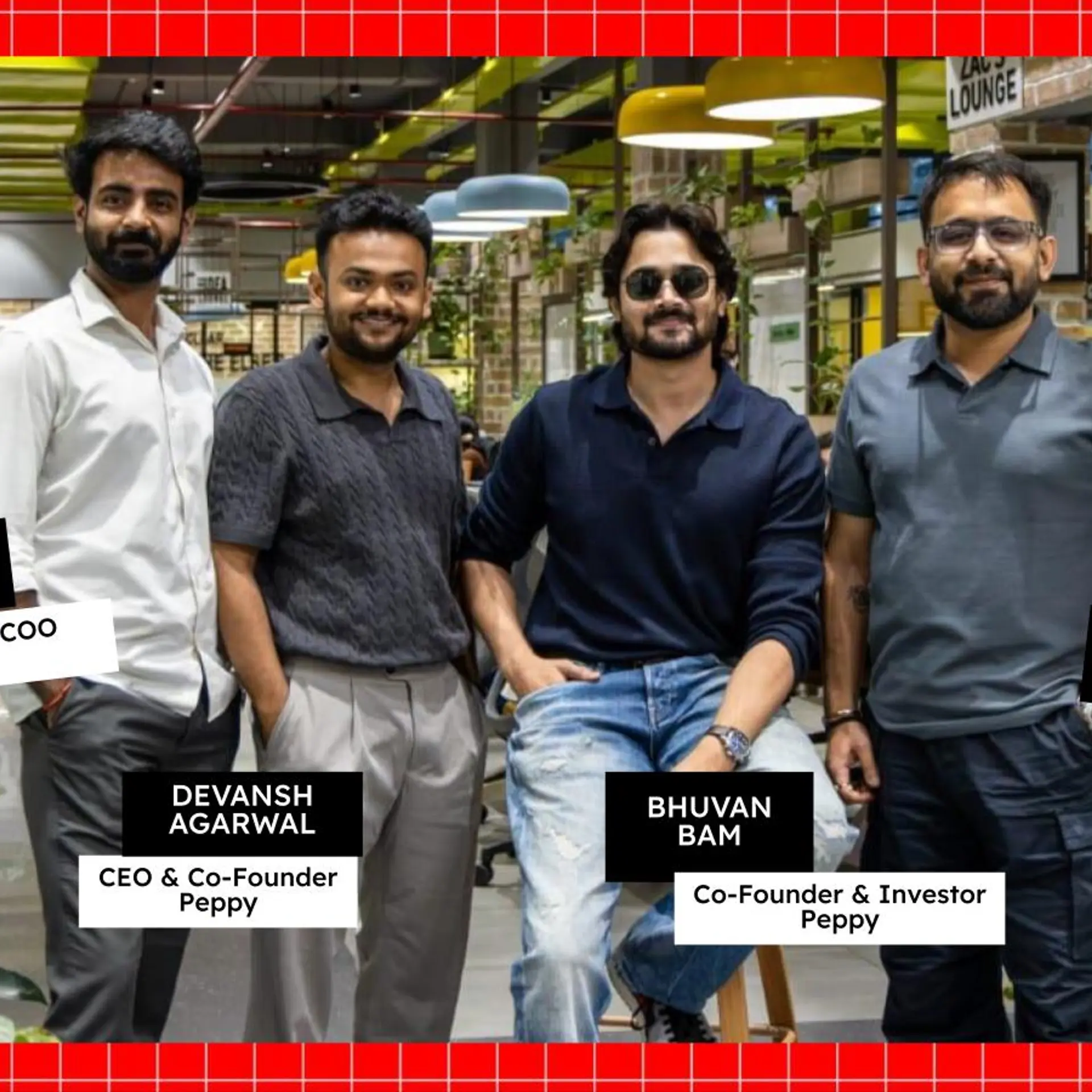Project Shakti: Strengthening Women's Livelihoods
Tuesday June 24, 2008 , 3 min Read
A few months ago, I discussed the idea of social intrapreneurs based on a SustainAbility case study that featured Hindustan Unilever’s Project Shakti. This month, the World Bank Institute’s publication titled Development Outreach focuses on business and poverty, with an article written by those involved with the same project. The authors describe the project not as a CSR initiative, but as “a business initiative with social benefits.”
Initially, the project was created as a response to Unilever’s desire to tap into new markets within India. Unable to reach most small villages due to poor transport and supply chain infrastructure, along with challenges of selling products to a population with little or no disposable income, Unilever saw the need to innovate.
Connecting with existing women’s self-help groups, Project Shakti allows women to start generating a annual income of US$150 after receiving training and a loan to get off the ground.
The company decided to set up a direct-to-consumer retail operation by creating a network of entrepreneurs to sell its products door-to-door, and to produce a range of affordable products in small sizes to meet the needs and pockets of low-income consumers. These are mostly single-use sachets selling for as little as 50 paise (half a rupee) each.
As a female member of a low-income family, imagine earning an amount that would almost double the family’s household income. The impact on the woman as an individual, along with the ripple effect on the family and surrounding community, is probably unmeasurable.
Now, Project Shakti also consists of public awareness programs focusing on health and hygiene, as well as an i-Shakti initiative that allows villagers to access information through kiosks.
Perhaps the most interesting part of the authors’ description is their take on lessons and challenges. Managing partnerships and balancing interests lies at the heart of these challenges, and the authors note:
Whatever the primary purpose and objectives of each partner, whether developmental or commercial, creating convergence between different activities is the key to progress. A big part of the solution to development lies in working together and using infrastructure, whether developed by the public or private sector, for the benefit of all.
Clearly, this is no easy undertaking, yet Project Shakti provides a powerful example of a business that profits while improving the livelihoods and quality of life for its customers. Originally driven by the need to diversify their customer base and increase profit, the program now reaches over 3 million households in India. When business and social good align, the collaboration can have a wide-reaching impact.






